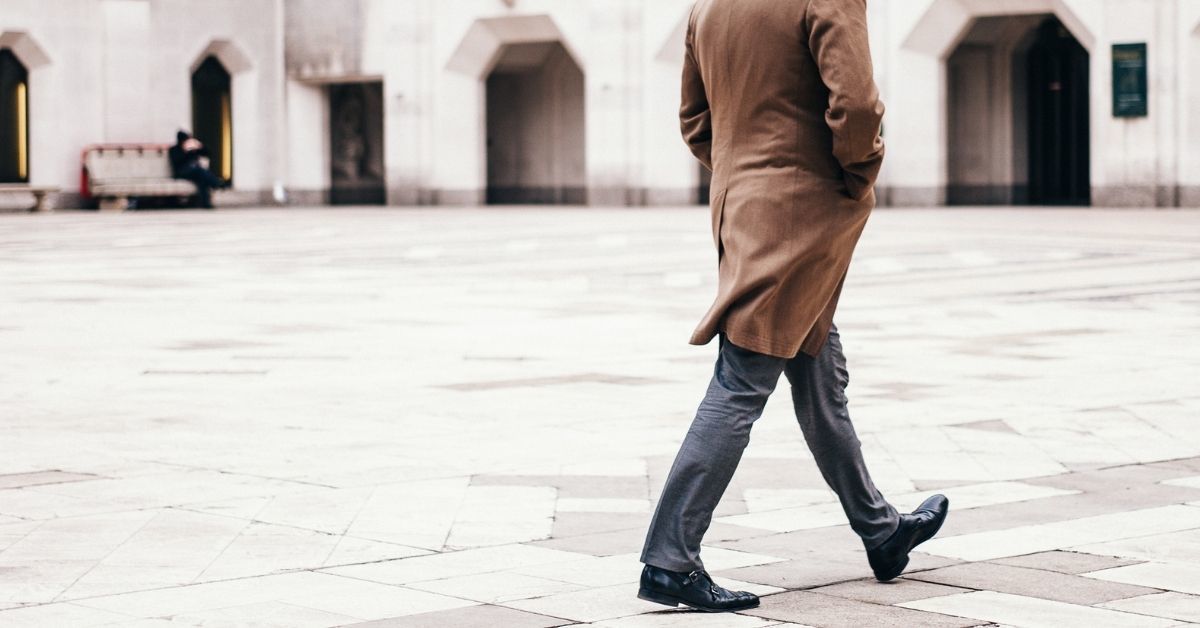Wearing walking shoes that are comfortable and fit your feet can help prevent injuries such as blisters and calluses. A walking shoe should also be relatively lightweight and provide excellent shock consumption. But not all walking shoes are built equally. Find the fit and features that are proper for you.
Look for important features:
How a shoe is built makes a variety in its fit and function. Understanding the basic parts of a walking shoe can assist you to sort through the many accessible styles or brands. Note: Not every walking shoes have roll bars or gel pads, although many have features that produce stability and cushioning.
Achilles notch- Decreases stress on the Achilles tendon.
Ankle collar- Cushions the ankle and ensures proper fit.
Upper- Holds the shoe on your foot and is normally made of leather, mesh or synthetic material. Mesh provides better ventilation and is lighter weight.
Insole- Cushions and comforts your foot and arch. Movable insoles can be laundered or taken out to dry within walking sessions.
Midsole- Provides comfort, cushioning and shock absorption.
Outsole- Makes contact with the ground. Grooves and treads can help maintain traction.
Toe box- Provides space for the toes. A wide and round toe box help prevent calluses.
Gel pad- Cushions and reduces impact when your foot strikes the ground.
Roll bar- Helps stabilize your foot if it tends to turn inward when hitting the ground.
Walking Shoes Features And Fit That Hold You Moving:
Consider the shape of your feet-
Feet come in many shapes and sizes. To avoid severe problems, find the shape and size of your feet when purchasing a pair of walking shoes. Remember, your shoes should accommodate to the shape of your feet. Your feet should never be forced to be compatible with the shape of a pair of shoes.
Width and length-
Shoes that are too tight or too wide can lead to painful blisters and calluses. Also, a toe box that’s not great enough — and doesn’t provide sufficient room for your toes — can increase foot disorders such as bunions and hammertoes.
Arch type-
The intricate alignment of bones, ligaments, muscles and tendons in your feet makes side-to-side (metatarsal) and lengthwise (longitudinal) arches. As you walk, these wiry, flexible arches help distribute your body weight smoothly across your feet. Your arches play a vital role in how you adjust to different surfaces as you walk.
Choose walking shoes that support your arch type. Usually speaking, your feet fall into one of three categories:
Neutral-arched Feet- Your feet aren’t overly arched nor are they too flat. Look for shoes with firm midsoles, straight to semi-curved lasts — last, indicates to the shape of the sole or the footprint around which the shoe is built — and moderate rearfoot resistance.
Low-arched or flat feet- Low arches or flat feet will contribute to muscle stress and joint difficulties in some individuals, but there is not a direct correlation. If you have mostly flat feet, look for a walking shoe with a decent last and motion control to help stabilize your feet.
High-arched feet- High arches may contribute to the excessive strain on joints and muscles, as your feet should not absorb shock as well, particularly if you perform a lot of shock or jumping activities. Look for cushioning to requite for your lack of natural shock absorption. A curved last also may help in some cases.
Not sure about your foot type? Dip your foot in the water and step on a piece of cardboard. Check your footprint. If you can see most of your footprint, you apparently have low arches. If you see tiny of your footprint, you likely have high arches.
You can also look at your old shoes for signs to the shape of your foot. Bring your old walking shoes with you while you shop for a new pair — most shoe professionals can give you amazing tips on what to buy based on the wear of your old shoes.
